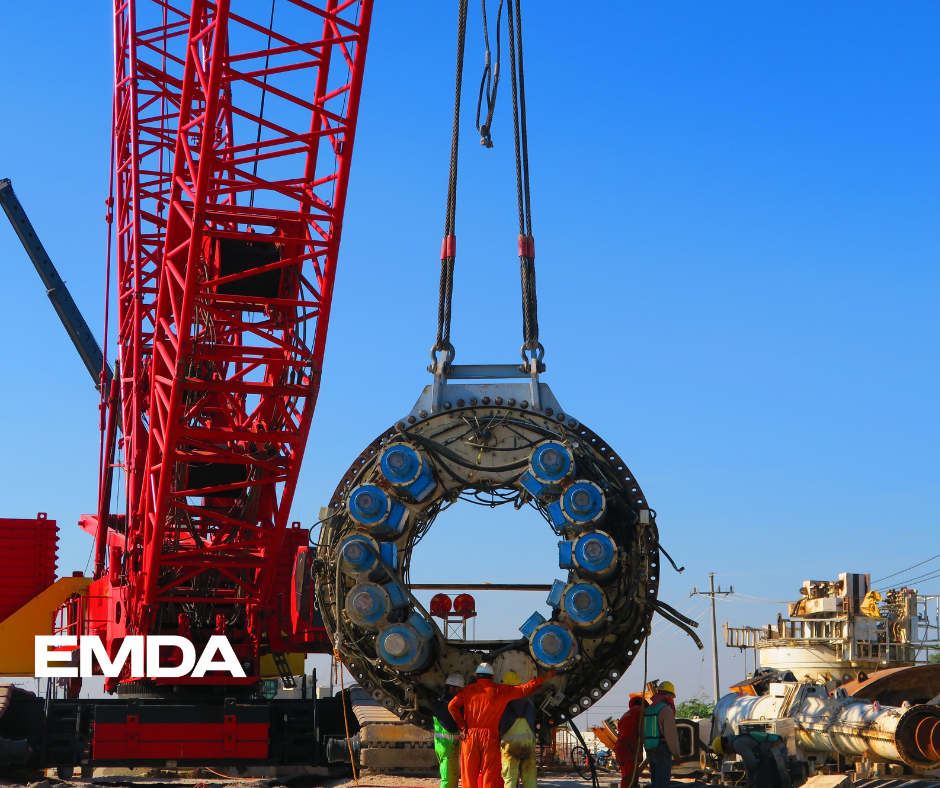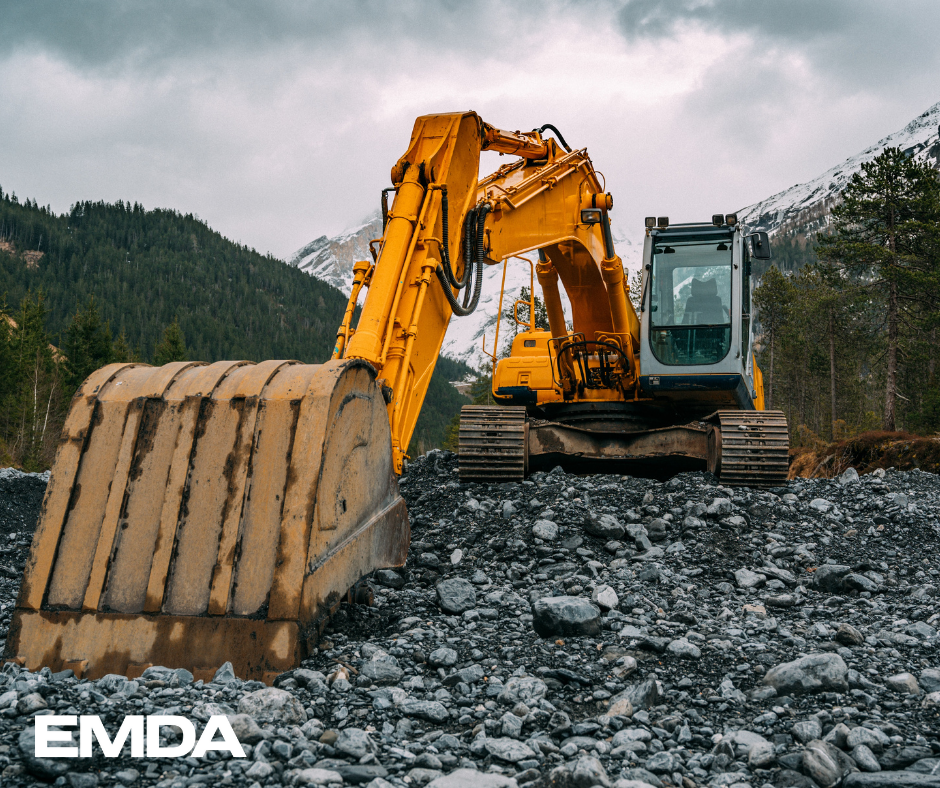- Date
- 03 August 2021
- Author
- News team

If you’re an industrial machinery and equipment (IM&E) manufacturer, you’ll know that inconsistent productivity rates can cause major recurring issues.
In today’s era of highly demanding customers, ultra-thin margins and complex workflows, cyclical ebbs in productivity rates may be understandable - but they should be avoided at all costs.
IM&E manufacturers must gain a tight grip on processes in order to maintain consistencies and predictable margins. Fluctuations in productivity can be highly risky, creating uncertainty around delivery dates, account profitability and capacity planning. Add in occasional downtime due to COVID-19 cluster outbreaks, and the need for optimised production efficiency is obvious.
Understanding the scale of the problem
There are many reasons why poor productivity rates are troublesome for any manufacturer - but for the IM&E manufacturer, those headaches are magnified because of the typical size and cost of IM&E products. The highly complex ETO processes and capital-intensive parts and labour mean that even small variances have big impacts.
Delays become extremely expensive. For example, the highly skilled workforce continues to be compensated - even when they are only waiting around for the right parts - and an oversized assembly hangar still racks up massive overhead costs, even when resources and crews aren’t available for assembly and testing stages.
Hefty fines for late delivery and noncompliance with contract agreements can also add to the motivation for improved productivity. Most IM&E manufacturers simply can’t afford to be complacent about scheduling, planning and resources.
Influencing factors also seem to intensify within the IM&E plant, compared to a manufacturing facility that produces consumer packaged goods or commoditised industrial products.
The IM& E industry deals with machinery that is highly engineered, contains high-tech components and is designed especially for the customer - often with highly specialised requirements. No two orders are ever alike. Drawings and specifications need to be created and quoted, and frequent change orders complicate the processes …
If you’re experiencing these challenges it’s time to put technology to work
Infor, our global partner, builds industry-specific enterprise management technology - ERP solutions - with a special focus on manufacturing sub-sectors, including IM&E. Globally, 2 400+ IM&E manufacturers optimise productivity with Infor industrial manufacturing solutions.
With our support as a leading implementer of Infor solutions in New Zealand and Australia, a number of our IM&E customers are putting Infor’s modern technology solutions to work to help them manage shop floor complexity and end major lapses in productivity. Here’s how:
Usability
Infor builds “CloudSuite” ERP solutions with user interfaces that are highly intuitive, simplifying processes and improving productivity. The workforce can use role-based workbenches and dashboards to manage their own Key Performance Indicators (KPIs) and follow predefined best practices. Screens push relevant contextual information to users, rather than waiting for them to look it up. This speeds processes and reminds personnel of their next steps and details to monitor.
Collaboration
IM&E manufacturers can take advantage of Infor’s embedded business collaboration tools in order to simplify communication among colleagues and customers. These tools help people throughout the organisation easily track conversations, prioritise issues and follow progress on projects and dialogues with others inside the organisation or externally.
Escalation of alerts and notifications
Managers can use escalation alerts to help maintain close control over any recurring issues that require extra attention. Triggers can be set to send emails or team alerts for potential problems. This allows issues to be addressed early when there is still time to remedy the situation without a major delay developing.
Product configuration
The popular Infor Configure Price Quote (CPQ) solution helps with the management of highly configured products, enabling IM&E sales people to quote on personalised products and create detailed diagrams so that customers can visualise their tailored products. For new customers, CPQ makes onboarding much easier. Overall, it speeds the journey from first enquiry to order fulfilment.

3D printing
Infor offers valuable technology for creating emergency spare parts in the case of break-fix incidents. 3-D printing can also speed prototyping and testing phases, keeping MTO projects moving. 3D printing allows the IM&E enterprise to create the needed piece or the mould, template or tooling used in manufacturing the spare part.
Sensor readings
Embedded sensors on internal equipment can be used to prevent unexpected downtime from equipment failures. Temperature and vibration are common examples of physical factors that can be measured and monitored by sensors. The data can be used to spot early symptoms of degradation, such as overheating. When potential problems are detected early, prompt intervention can keep the issue from cascading.
Predictive forecasting
Advanced analytics can be used to forecast stages in the typical lifecycle so that the maintenance department can plan ahead and schedule (during off-times) any necessary calibration, replacement of consumables like filters and replacement of eroding parts before they fail.
End to end visibility
IM&E manufacturers who have end to end visibility throughout their organisation are more likely to be able to spot potential gaps or productivity drains before they happen. Visibility also eliminates silos of activities and gaps in communications, which can both be obstacles to productivity.
Virtual Reality and holographic simulations
As the current workforce reaches retirement age, IM&E companies need to step up the recruitment and training of new technicians. To speed the process of the massive transference of equipment knowledge, companies are turning to virtual reality and simulation environments to help train recruits, allowing them to “practice and fail” in safe environments rather than endanger the actual machinery.
Interested? Next steps
Although onboarding the new technologies we’ve touched on here often involve a capital investment, don’t consider this a major roadblock. The Infor solutions we implement are largely cloud-based SaaS, available on an affordable pay-as-you-use basis, meaning there is no major investment in expensive hardware.
These solutions typically pay-off very quickly in time saved and prevention of lost performance and go on to pay for themselves time and again, by optimising production for the next decade or more.
We can send you relevant product overviews for Infor CloudSuite Industrial Enterprise, your core ERP solution, as well as CPQ and other relevant add-on modules, with an emphasis on prioritising only the technology you really need, not the tech you don’t.
Then we'll collaborate with you to map out an implementation timeline with both cost control and disruption minimisation in mind (Infor CloudSuites are industry-specific, making the time to go-live shorter than with most ERP implementations).
Feel free to reach out to Cam Spear for a chat on 021 711835 (NZ) or email cam.spear@emda.co.nz.
Source material Copyright Infor 2020.
Share On